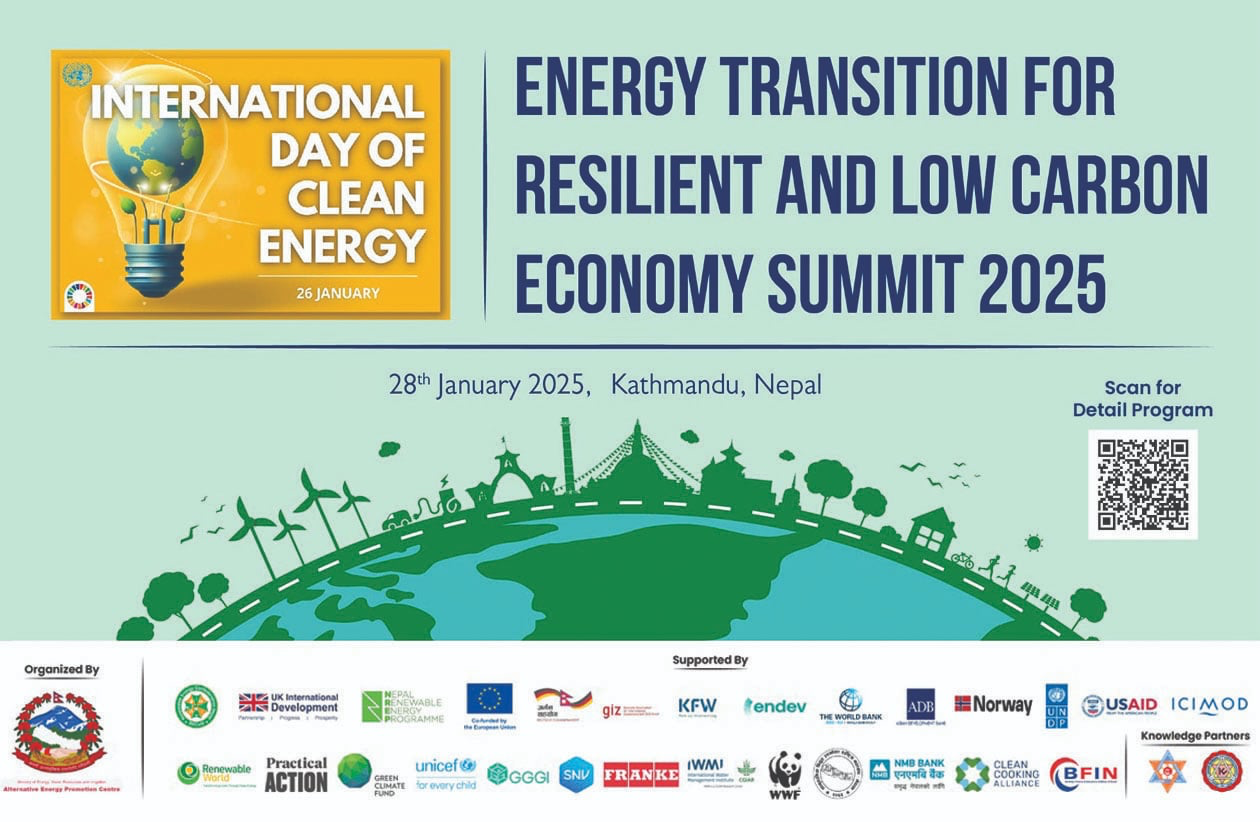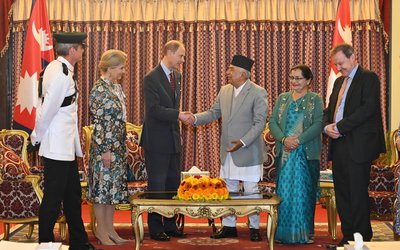
Introduction
- Australia and Nepal have federal Constitutions with very different histories, very different societal contexts and quite different provisions. It is, however, a common feature of all federal constitutions, including those of Australia and Nepal, that division of powers between components of the federation requires cooperation when a national approach is necessary in areas of public policy.
- The Australian Constitution does not spell out mechanisms for cooperation. The Constitution of Nepal on the other hand, makes express provision in Pt 20 for managing relations between Federal, Provincial and Local Level governments. The Constitution of Nepal is an exercise of the sovereign authority of the people of Nepal. The inclusion of cooperative mechanisms sends a clear message to those who are entrusted with government at the Federal, Provincial and Local Levels. But in the end the success or failure of cooperative federalism depends upon the people who have to make it work. It depends upon their vision, their good faith and their ability to put the interests of the whole nation above their own political or other interests. As the great Indian Constitutionalist, Dr BR Ambedkar said on the eve of India’s independence and the inauguration of a complex federal constitution: However good a constitution may be , if those who are implementing it are not good, it will prove to be bad. However bad a constitution may be, if those implementing it are good, it will prove to be good.
- Those who seek to advance cooperative federalism must work with the constitutional text they are given. They do not have the luxury of having the constitution amended whenever there is a problem. Constitutions are not easy to amend. That feature is a built in protection for the stability of the legal framework within which law-making power, executive power and judicial power are exercised.
- No amendment can be made to the Constitution of Nepal ‘in [a] manner to be prejudicial to sovereignty, territorial integrity, independence of Nepal and sovereignty vested in the 2 people.’ There are therefore fundamental, albeit not well defined, limits on the power of amendment. Amendment to Provincial borders or the list of Provincial Powers set out in Schedule-6 of the Constitution, require the consent of Provincial Assemblies. If a majority of Provincial Assemblies give notice of rejection of such a Bill to the relevant House of the Federal Parliament within three months, then the Bill shall be inoperative.1 Bills not requiring the consent of Provincial Assemblies require at least a two-thirds majority of the total number of the then members of both Houses of the Federal Parliament.
- On paper and in the light of experience it is harder to amend the Australian Constitution. Any proposed Bill for the amendment of the Constitution must pass through the Parliament. It must then be submitted to a popular referendum. It requires a majority of electors voting in a majority of the States of the Federation before the amendment can come into force. Australia has had 49 Referenda and only seven have succeeded.
- Given the challenges which may be involved in amending our respective Constitutions it is important that constituent governments cooperate in the national interest to ensure that constitutions work effectively in dealing with national issues which engage the powers and responsibilities of all components of the federation.
Cooperative Federalism
- Broadly speaking, cooperative federalism describes an attribute of a federation under which its component governments engage in cooperative action with a view to achieving common objectives. Cooperation may take various forms:
- In law-making — the making of complementary and common form laws by different levels of government.
- By inter-governmental agreements between different executive governments which may be reflected in cooperative administrative arrangements and also cooperative law-making.
- In funding arrangements — conditional funding may be made available by the central government to State or Provincial governments pursuant to agreements about how it is to be applied.
- In the establishment of mechanism for regular communication between the different components of the federation — for example ministerial councils and councils of senior officers of different components of a federation who have interacting responsibilities.
- Cooperation may be vertical, involving central and regional governments. It may be horizontal, involving regional governments only. It may use joint decision-making mechanisms set up with the support of laws made by the national and regional governments and/or executive agreements between the different governments. It may use joint decision-making mechanisms or a single decision-maker which is set up by one government but has a process of consultation with the others. Federal government and Provincial or State governments legislative powers may also be used to set up a national authority for particular purposes exercising powers conferred on it by a law made by the Federal government and laws made by Provincial governments.
- Any observations about cooperative federalism in Nepal from a comparative Australian perspective must acknowledge that our federal Constitutions come out of very different eras and histories. Australia’s federation was borne out of negotiation between six selfgoverning colonies on the Australian continent who saw it in their common interest to combine to form one nation.
There were no diverse geographically defined ethnic communities to be accommodated. Diversity was not part of the nation-building agenda. Nor was social inclusion. Of course, much has changed since the Australian Constitution came into existence. Contemporary Australia is a multi-ethnic society which comprises people from 180 different countries and a population of whom nearly half were born overseas or have one parent born overseas. Our ethnic diversity is a product of immigration which began to be diversified in the second half of the 20th century. Recognition of Australia’s indigenous people in the Constitution does not appear in the text of the Constitution. On the other hand, a referendum to amend the Constitution to authorise the federal government to make laws with respect to Aboriginal and Torres Strait Islander peoples was passed in 1967. A recent referendum 4 to create a constitutional Voice to the Parliament and Executive Government for Aboriginal and Torres Strait Islander peoples was defeated on 14 October 2023.
- Nepal and Australia differ significantly in population and population density. Australia’s population is a little over 26.5 million people. The total land area is 7,682,300 square kilometres. That makes three people per square kilometre. Nepal’s population is a little over 31 million, with a total land area of 143,350 square kilometres, which makes 216 people per square kilometre. As you can see from that, a lot of Australia is empty space. Find full article in PDFAustralian Chief Justice Robert French - Cooperaive federalism, Nepal (1).pdf
Robert French served as Chief Justice of Australia from 1 September 2008 until 29 January 2017. He served as a Judge of the Federal Court of Australia from November 1986 until his appointment as Chief Justice of the High Court on 1 September 2008. Excerpts of the paper presented in an international conference in Nepal on 22-23 November 2023.















